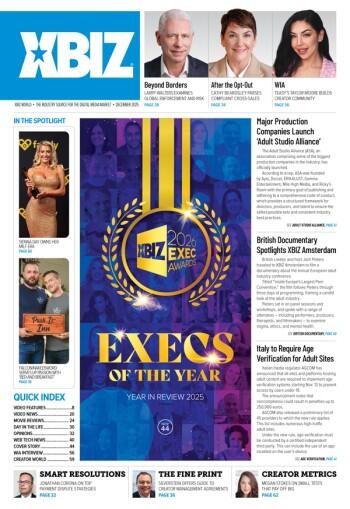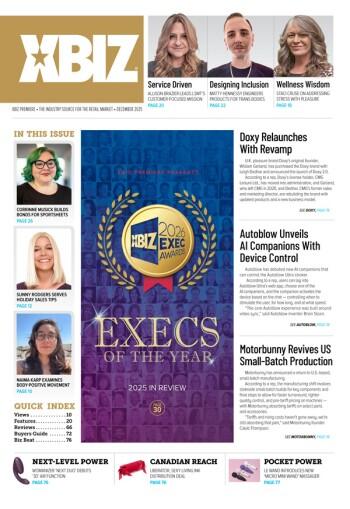Your web business probably gets product inquiries from potential customers around the globe. Inquiries come via e-mail and your web site, and you try to send information to each hot prospect as quickly as you can. You know that you can drastically increase the likelihood of making a sale by satisfying each person's need for information quickly!
But, after you've delivered that first bit of information to your prospect, do you send him any further information? If you are like most Internet marketers, you don't.
When you don't follow that initial message with additional information later on, you let a valuable prospect slip from your grasp! This is a potential customer who may have been very interested in your products, but who lost your contact information, or was too busy to make a purchase when your first message reached him. Often, a prospect will purposely put off making a purchase, to see if you find him important enough to follow up with later. When he doesn't receive a follow up from you, he will take his business elsewhere.
Are you losing profits due to inconsistent and ineffective follow up?
Following up with leads is more than just a process - it's an art. In order to be effective, you need to design a follow up system, and stick to it, EVERY DAY! If you don't follow up with your prospects consistently, INDIVIDUALLY, and in a timely fashion, then you might as well forget the whole follow up process.
Consistent follow up gets results!
When I first started marketing and following up with prospects, I used a follow up method that I now call the "List Technique." I had a large database containing the names and e-mail addresses of people who had specifically requested information about my products and services. These prospects had already received my first letter by the time they requested more information, so I used the company's latest news as a follow up piece. I would write follow up newsletters every now and then, and send them, in one mass mailing, to everyone who had previously requested information from me. While this probably did help me win a few additional orders, it wasn't a very good follow up method. Why isn't the "List Technique" very effective?
- The List Technique isn't consistent. Proponents of the List Technique tend to only send out follow up messages when their companies have "big news".
- List Technique messages don't give the potential customer any additional information about the product or service in question. He can't make a more informed buying decision after receiving a newsletter! If someone is wondering whether your company sells the best knick-knacks, what does he care that you've just moved your headquarters?
- List Technique messages convey a "big list" mentality to your potential customers. When I used to write follow up messages using the List Technique, I was writing news bulletins to everyone I knew! I should have been sending a personal message to each individual who wanted to know more about my products.
What follow up method really works?
Following up with each lead individually, multiple times, but at set intervals, and with pre-written messages, will dramatically increase sales! Others who use this same technique confirm that they have all at least doubled the sales of various products! In order to set this system up, though, you need to do some planning.
First, you'll need to develop your follow up messages. If you've been marketing on the Internet for any length of time, then you should already have a first informative letter. Your second letter marks the beginning of the follow up process, and should go into more detail than the first letter. Fill this letter with details that you didn't have the space to add to the first letter. Stress the BENEFITS of your products or services!
Your next 2-3 follow up messages should be rather short. Include lists of the benefits and potential uses of your products and services. Write each letter so that your prospects can skim the contents, and still see the full force of your message. The next couple of follow up messages should create a sense of urgency in your prospect's mind. Make a special offer, giving him a reason to order NOW instead of waiting any longer. After reading these follow up messages, your prospect should want to order immediately!
Phrase each of your final 1 or 2 follow up messages in the form of a question. Ask your prospect why he hasn't yet placed an order? Try to get him to actually respond. Ask if the price is to high, the product isn't the right color or doesn't have the right features, or if he is looking for something else entirely. (By this time, it's unlikely that this person will order from you. However, his feedback can help you modify your follow up letters or products, so that other prospects will order from you.) The timing of your follow up letters is just as important as their content. You don't want one prospect to receive a follow up the day after he gets your initial informative letter, while another prospect waits weeks for a follow up!
The timing of your follow up letters is just as important as their content. You don't want one prospect to receive a follow up the day after he gets your initial informative letter, while another prospect waits weeks for a follow up!
Always send an initial, informative letter as soon as it is requested, and send the first follow up 24 hours afterwards. You want your hot prospects to have information quickly, so that they can make informed buying decisions!
Send the next 2-3 follow up messages between 1 and 3 days apart. Your prospect is still hot, and is probably still shopping around! Tell him about the benefits of your products and services, as opposed to your competitors'. You will make the sale! Send the final follow up message later. You certainly don't want to annoy your prospect! Make sure that these last letters are at least four days apart.
Following up effectively seems complicated, but it doesn't have to be! So many potential customers are lost because of poor follow up - don't you want to be one of the few to get it?






